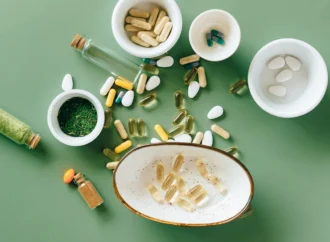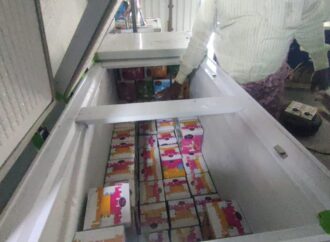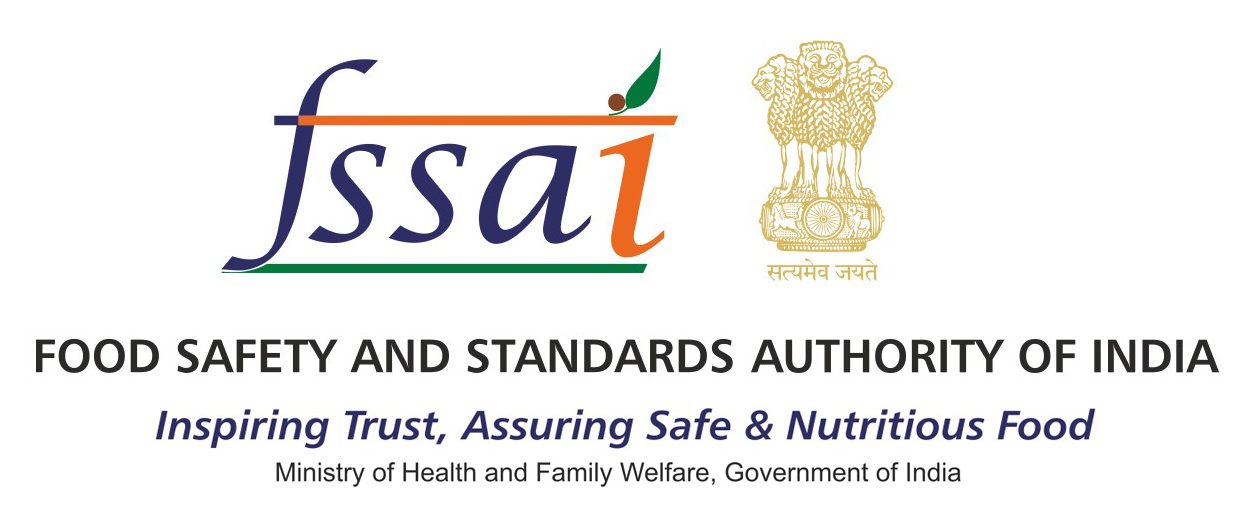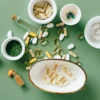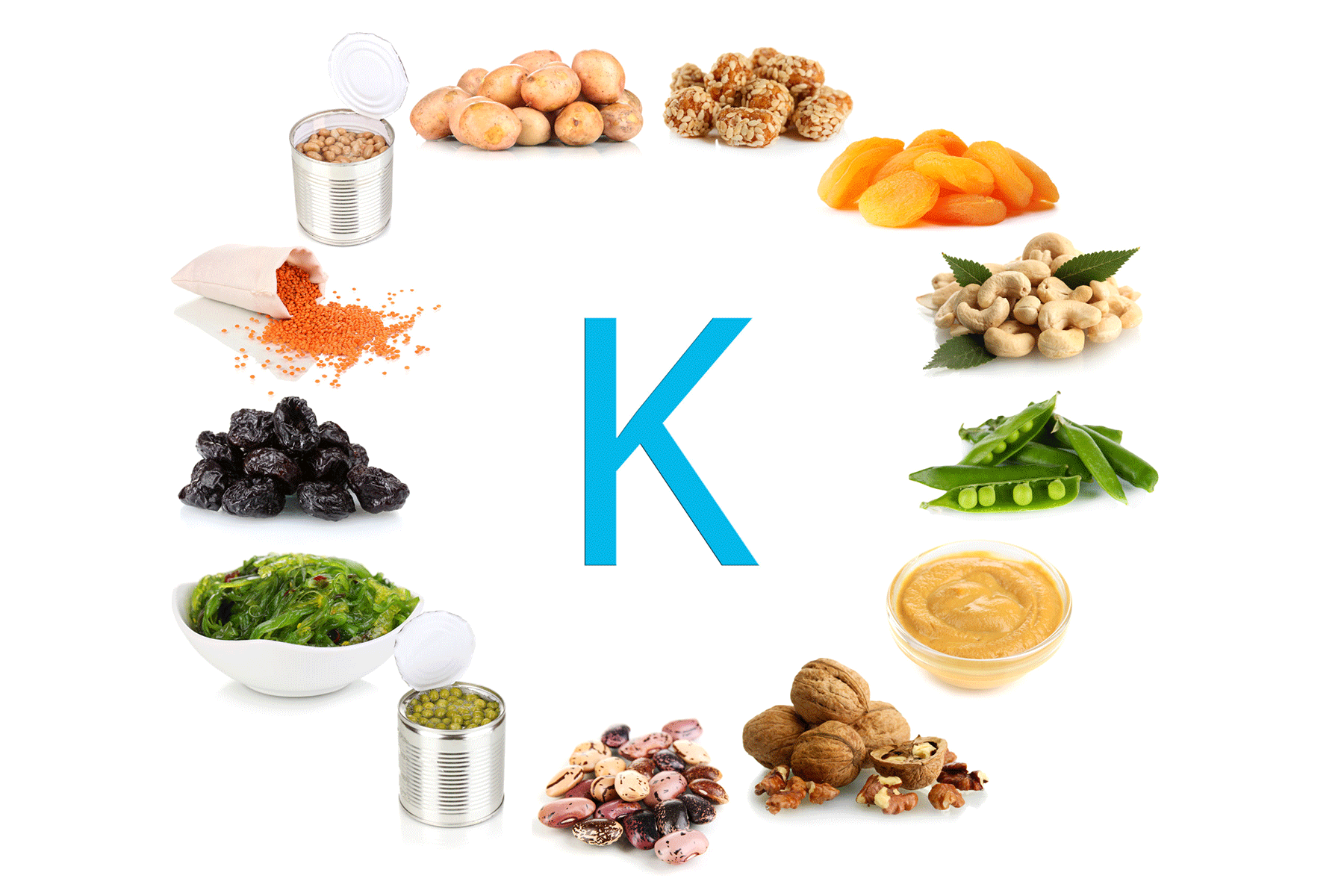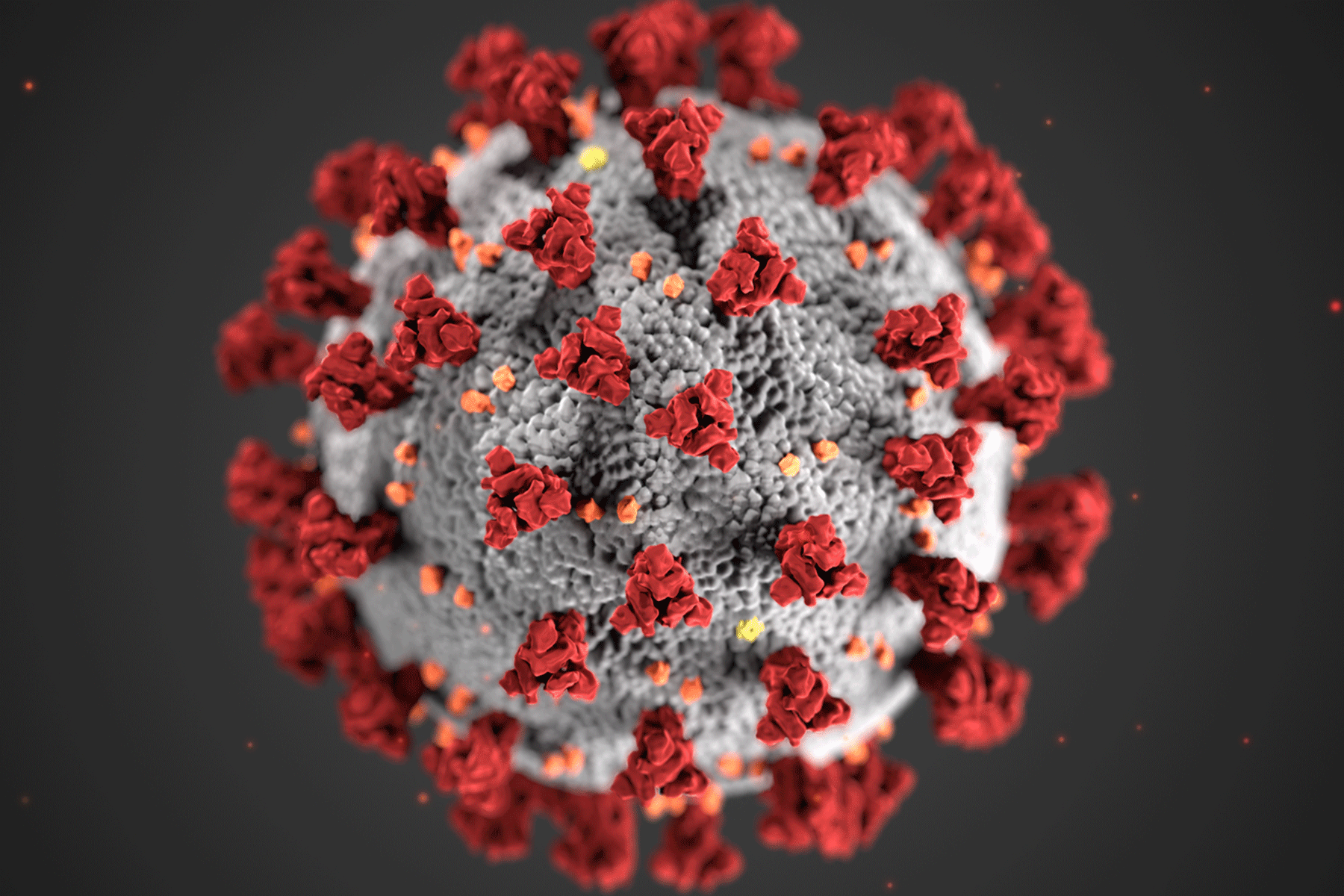Key Update
Indian researchers achieved a breakthrough in food safety by using the coffee-stain effect to detect toxic dyes and contaminants at trillionth levels. The Raman Research Institute (RRI), Bengaluru, supported by the Department of Science and Technology (DST), turned this simple phenomenon into a low-cost, highly sensitive method for testing food and water safety, according to the Ministry of Science and Technology.
How Coffee Rings Aid Food Safety
When a drop of coffee dries, particles move outward as it evaporates, forming a dark ring along the edge. RRI scientists recreated this process in the lab using nanoparticles. The resulting ring-like patterns acted as tiny optical platforms where light and matter interacted intensely, enabling the detection of contaminants invisible to the eye.
Turning Coffee Rings Into Detectors
The team focused on Rhodamine B, a toxic industrial dye sometimes found illegally in food or water. Even in trace amounts, it can harm the skin, eyes, and respiratory system. Detecting it at extremely low concentrations has been difficult.
To address this, researchers mixed gold nanorods with water and let the droplets dry on a silicon surface. As the water evaporated, the nanorods formed ring-shaped patterns similar to coffee stains. The rods clustered tightly at the edges, creating hotspots where light became highly concentrated. When exposed to a laser, even the smallest traces of Rhodamine B were detected using Surface-Enhanced Raman Spectroscopy (SERS).
By adjusting the number of nanorods, the team enhanced sensitivity by nearly a million times. The technique offers a simple, cost-effective, and portable way to identify harmful chemicals.
Transforming Food and Water Testing
Current methods to detect dyes and contaminants rely on costly equipment and lengthy lab procedures. The new approach provides an affordable, rapid, and highly sensitive alternative. According to the ministry, it can be adapted to detect various toxic substances in food and water and has the potential to reduce disease risks and environmental damage caused by chemical contamination.
Source: Business Standard
 Food Manifest
Food Manifest 



